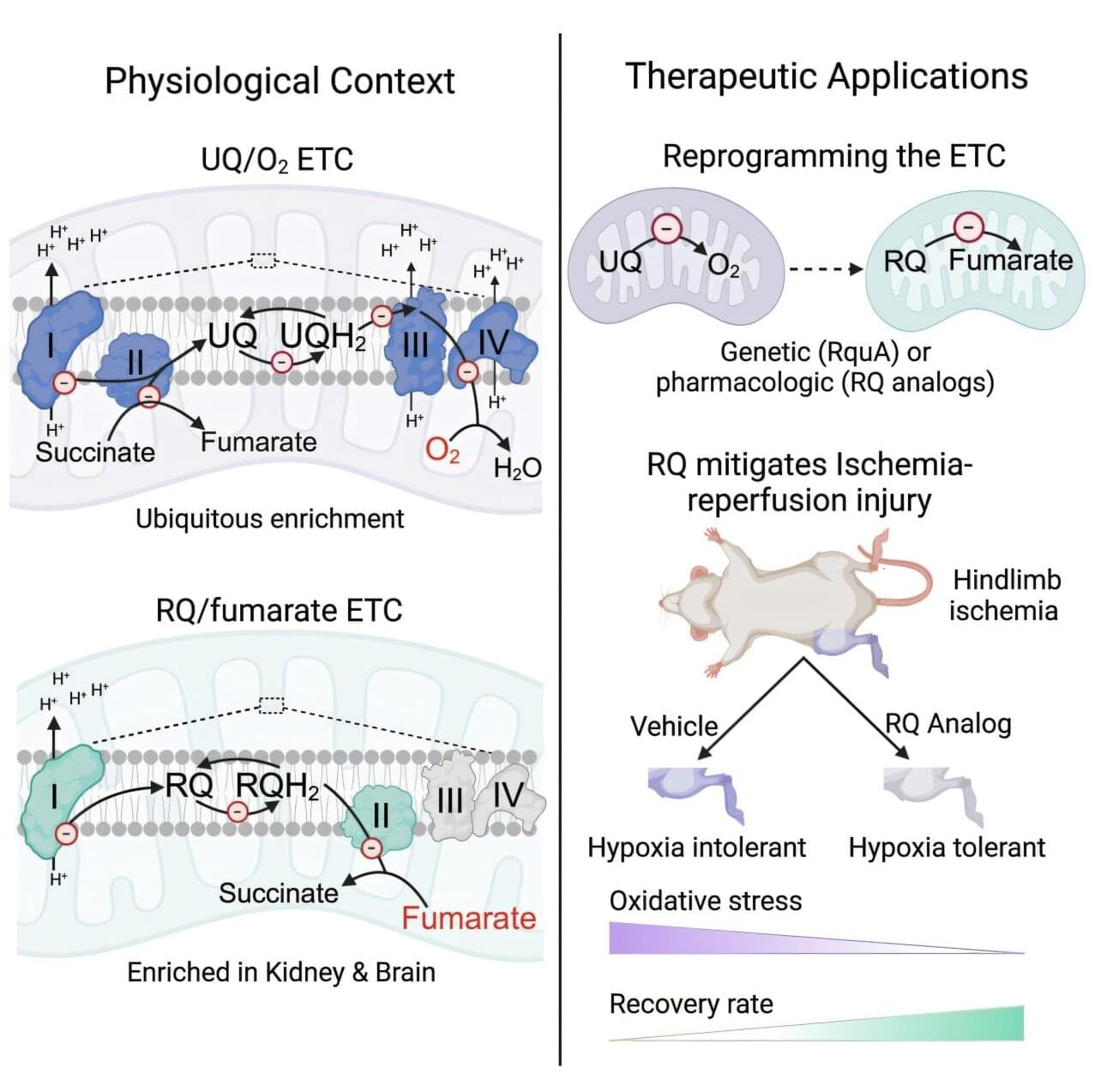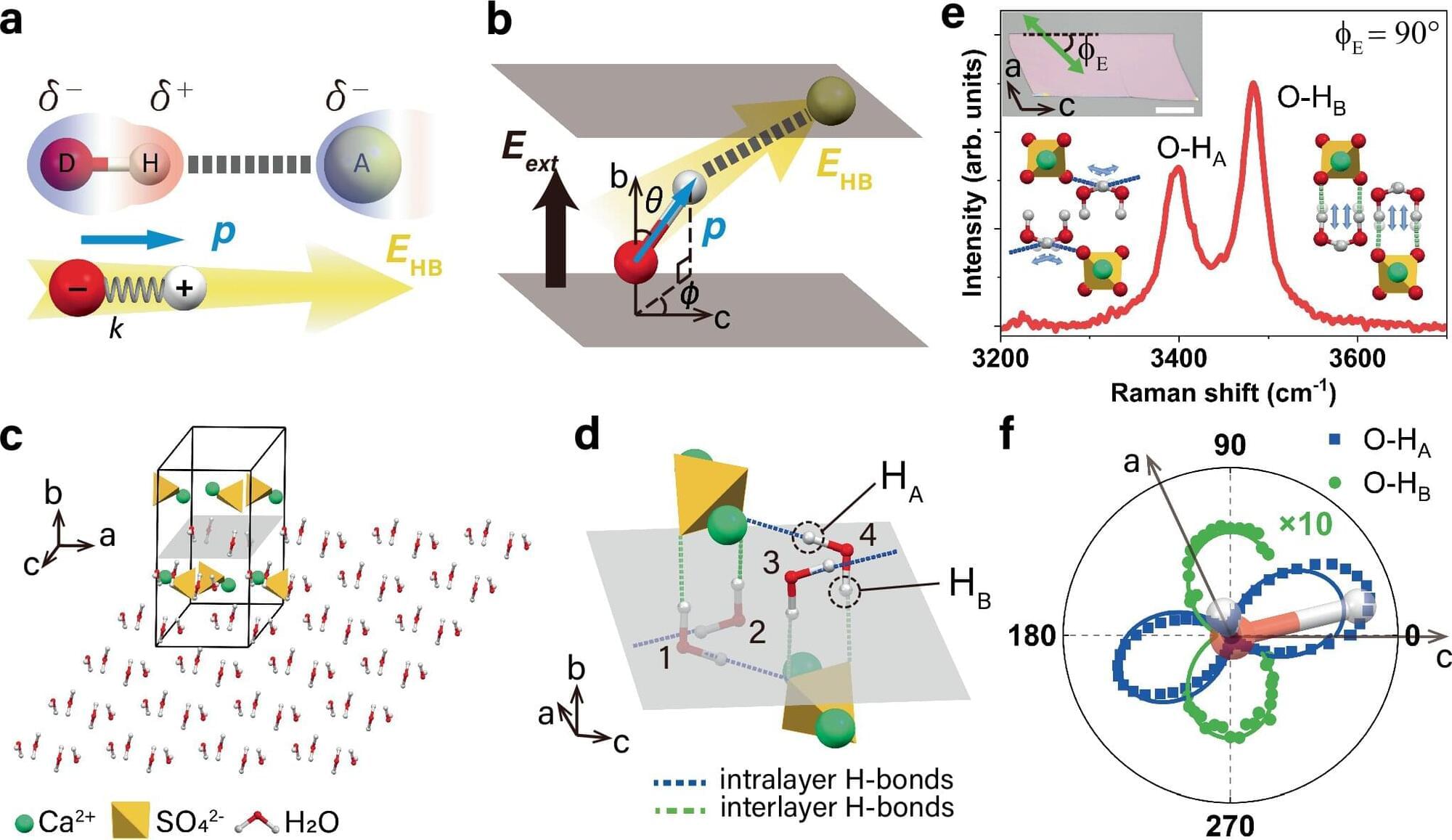Scientists precisely removed a gold nanocluster’s core atom and outer electron, revealing how spin state affects catalytic activity without structural loss.



A research team at the Institute for Basic Science (IBS) has identified a previously unknown enzyme, SIRT2, that plays a key role in memory loss associated with Alzheimer’s disease (AD). The study, led by Director C Justin LEE, of the IBS Center for Cognition and Sociality, provides critical insights into how astrocytes contribute to cognitive decline by producing excessive amounts of the inhibitory neurotransmitter GABA.
Astrocytes, once thought to only support neurons, are now known to actively influence brain function. In Alzheimer’s disease, astrocytes become reactive, meaning they change their behavior in response to the presence of amyloid-beta (Aβ) plaques, a hallmark of the disease. While astrocytes attempt to clear these plaques, this process triggers a harmful chain reaction. First, they uptake them via autophagy (Kim and Chun, 2024) and degrade them by the urea cycle (Ju et al, 2022), as discovered in previous research. However, this breakdown results in the overproduction of GABA, which dampens brain activity and leads to memory impairment. Additionally, this pathway generates hydrogen peroxide (H2O2), a toxic byproduct that causes further neuronal death and neurodegeneration.

A Southwest Research Institute-led study modeled the chemistry of TOI-270 d, an exoplanet between Earth and Neptune in size, finding evidence that it could be a giant rocky planet shrouded in a thick, hot atmosphere. TOI-270 d is only 73 light years from Earth and could serve as a “Rosetta Stone” for understanding an entire class of new planets.
Exoplanets orbit stars outside of our solar system. Sub-Neptunes refer to planets between the size of our solar system’s largest rocky planet, Earth, and the smallest gas giant, Neptune.
“The nature of sub-Neptunes is one of the hottest topics in exoplanetary science,” said SwRI’s Dr. Christopher Glein, first author of a paper accepted for publication in the Astrophysical Journal and available on the preprint server arXiv.

The skin is the largest organ in the human body. It makes up around 15 percent of our body weight and protects us from pathogens, dehydration and temperature extremes. Skin diseases are therefore more than just unpleasant – they can quickly become dangerous for affected patients. Although conditions such as skin cancer, chronic wounds and autoimmune skin diseases are widespread, we often still don’t fully understand about why they develop and how we can treat them effectively.
To find answers to these questions, Empa researchers are working together with clinical partners on a model of human skin. The model will allow scientists to simulate skin diseases and thus better understand them. This is not a computer or plastic model. Rather, researchers from Empa’s Laboratory for Biomimetic Membranes and Textiles and its Laboratory for Biointerfaces aim to produce a living “artificial skin” that contains cells and emulates the layered and wrinkled structure of human skin. The project is part of the Swiss research initiative SKINTEGRITY.CH.
In order to recreate something as complex as skin, suitable building materials are needed. This is where Empa researchers have recently made progress: They have developed a hydrogel that meets the complex requirements while being easy to manufacture. The basis: gelatin from the skin of cold-water fish.

Immune molecules called cytokines play important roles in the body’s defense against infection, helping to control inflammation and coordinating the responses of other immune cells. A growing body of evidence suggests that some of these molecules also influence the brain, leading to behavioral changes during illness.
Two new studies from MIT and Harvard Medical School, focusing on a cytokine called IL-17, now add to that evidence. The researchers found that IL-17 acts on two distinct brain regions—the amygdala and the somatosensory cortex—to exert two divergent effects. In the amygdala, IL-17 can elicit feelings of anxiety, while in the cortex it promotes sociable behavior.
These findings suggest that the immune and nervous systems are tightly interconnected, says Gloria Choi, an associate professor of brain and cognitive sciences, a member of MIT’s Picower Institute for Learning and Memory, and one of the senior authors of the studies.

For many years, some parents have noticed that their autistic children’s behavioral symptoms diminished when they had a fever. This phenomenon has been documented in at least two large-scale studies over the past 15 years, but it was unclear why fever would have such an effect.
A new study from MIT and Harvard Medical School sheds light on the cellular mechanisms that may underlie this phenomenon. In a study of mice, the researchers found that in some cases of infection, an immune molecule called IL-17a is released and suppresses a small region of the brain’s cortex that has previously been linked to social behavioral deficits in mice.
“People have seen this phenomenon before [in people with autism], but it’s the kind of story that is hard to believe, which I think stems from the fact that we did not know the mechanism,” says Gloria Choi, the Samuel A. Goldblith Career Development Assistant Professor of Applied Biology and an assistant professor of brain and cognitive sciences at MIT. “Now the field, including my lab, is trying hard to show how this works, all the way from the immune cells and molecules to receptors in the brain, and how those interactions lead to behavioral changes.”
They just want to save science! But not from the people actually defunding it.
Go to https://ground.news/skeptic to get all sides of every story. Subscribe through my link to save 40% off unlimited access.
Here I annoy you by telling you about the threats to science and the people who have made a career of ignoring them. “The War On Science” will be out soon, and Sabine Hossenfelder, Lawrence Krauss, Richard Dawkins, Gad Saad, and many others are excited. I, an intellectual, will perhaps k_m_s.
This video was researched and co-written by Hemant Mehta.
Follow and support Hemant:
friendlyatheist.com.
Hemant’s channel:

Ubiquinone, a metabolite critical to generating energy in cells, has long been thought to be the only mitochondrial electron transport chain carrier in mammals. Although other electron transporters have been identified in bacteria, nematodes and other organisms, evidence of their presence in mammals has remained elusive.
Thanks to new high-resolution mass spectrometry technology, Jessica Spinelli, Ph.D., assistant professor of molecular medicine, has identified rhodoquinone as another fundamental electron transporter in the mammalian electron transport chain. The research was recently published in Cell.
Because rhodoquinone allows mitochondria to function in a low oxygen environment, Dr. Spinelli research may have clinical potential for protecting cells from hypoxia.

A breakthrough by researchers at The University of Manchester sheds light on one of nature’s most elusive forces, with wide-reaching implications for medicine, energy, climate modeling and more. The researchers have developed a method to precisely measure the strength of hydrogen bonds in confined water systems, an advance that could transform our understanding of water’s role in biology, materials science, and technology.
The work, published in Nature Communications, introduces a fundamentally new way to think about one of nature’s most important but difficult-to-quantify interactions.
Hydrogen bonds are the invisible forces that hold water molecules together, giving water its unique properties, from high boiling point to surface tension, and enabling critical biological functions such as protein folding and DNA structure. Yet despite their significance, quantifying hydrogen bonds in complex or confined environments has long been a challenge.

Recent advancements in in-vitro gametogenesis (IVG) suggest that lab-grown eggs and sperm could become viable within the next decade. This technology holds the promise of revolutionizing fertility treatments, particularly for individuals facing infertility and same-sex couples desiring biological children. However, it also raises significant ethical and medical considerations that must be carefully addressed.
The Human Fertilisation and Embryology Authority (HFEA), the UK’s fertility regulator, has reported that the development of lab-grown gametes, known as in-vitro gametogenesis (IVG), may become a practical option within the next decade. This technology involves creating eggs and sperm from reprogrammed skin or stem cells, potentially transforming fertility treatments by removing age-related barriers and enabling same-sex couples to have biological children.
IVG represents a significant advancement in reproductive science. By generating gametes in the laboratory, scientists can overcome challenges associated with traditional fertility treatments. This approach could provide new avenues for individuals with infertility issues and offer same-sex couples the opportunity to have children genetically related to both partners.